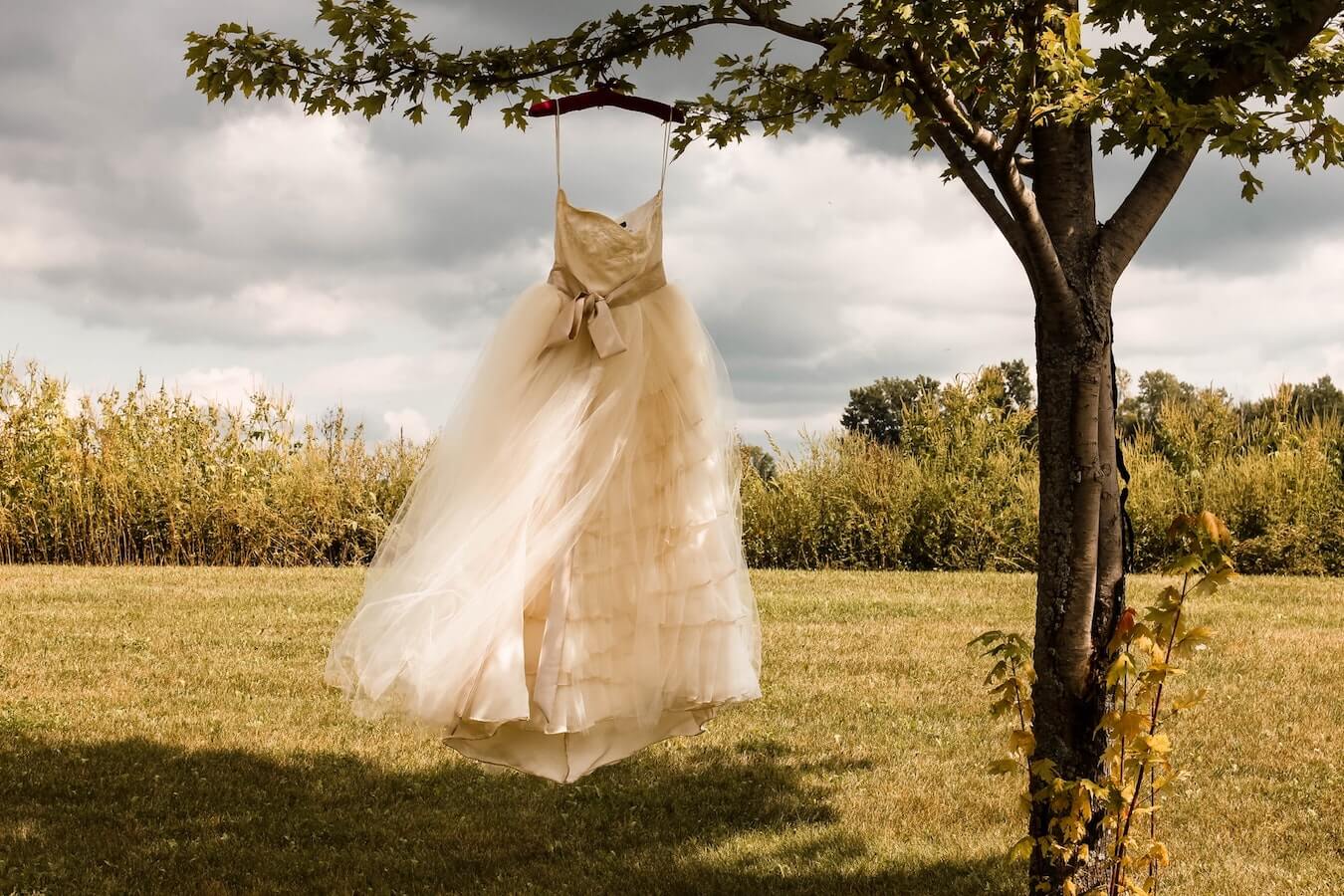The Myths and Potential of Sustainable Fashion
THE MYTHS AND POTENTIAL OF SUSTAINABLE FASHION: As we all are aware of sustainable and ethical fashion trending among us at a very high pace, it is important to understand what sustainable fashion actually is ?
According to Wikipedia, “Sustainable fashion is a process to foster a change of fashion products and the fashion system towards better ecological integrity and social justice.”
It means that this fashion trend is an approach, which encourages the shift in trends in the fashion industry, by keeping our eco-system and environment in mind. It is a way to design, manufacture and supply sustainable outfits, with maximum advantage to the ethical clothing brand but minimum damage to the ecological cycle.
Yes, sustainable and ethical fashion, makes these two different perspectives possible at the same time and hence, save our environment along with huge business growth.
Now that we’ve understood the concept and meaning of the term, sustainability in the fashion industry, let’s dive into what are the common myths about sustainable fashion prevailing in these sustainable and ethical fashion criteria.
These misconceptions about ethical fashion and sustainability can provoke some customers, to take effective action in adopting these factors in their lifestyles. Here are few common myths, the real facts and the potential of sustainable fashion.
Myths and Facts About Sustainable Fashion
Brands that assure sustainability are sustainable – Myth
FACT: “Sustainability”, Slow fashion or named as Green fashion, are mostly exploited and used to convince customers that the products, fabrics and other needful things, are built in such a way, that ecosystem is nowhere disturbed or misused. However, most of these So-Called Sustainable Brands is the one, that increases environmental damage.
Studies report, in 2019 it was observed an increase in 75% ecosystem shiver in the fashion industry than the previous year.’ However, it is also observed that most of the brands are shifting towards ethical clothing. But if this was true, then the increase in atmospheric damage due to ethical dresses, would not have been possible at this rate. This justifies the myth that brands are not sustainable but they promote themselves as the care for the eco-system.
An expensive outfit takes care less labour abuse – Myth
FACT: In many cases, outfits of all labels of brands- expensive, exclusive, middle ranged, or fast fashion brands, are prepared under the same roof. That means the labour gets their wages according to the number of outfits, they produce and not by the quality or creativity they put into it. Most of the expensive fashion brands, claim to take care of their manpower.
However, the fact is that the price of a garment does not guarantee or explain in any terms, that workers were fairly paid because the cost of labour is only limited and can cope up to a small fraction of total production costs.
You can recycle all your outfits – Myth
FACT: Every outfit cannot be recycled or redesigned. It depends solely on the fabric of the eco- clothing. For example, many fabrics are made from mixtures of cotton and polyester, for instance, which has to be differentiated from each other to make a fresh garment. It is impossible to recycle this clothing, without segregating them from each other.
Purchasing from “eco-conscious” or “sustainable” brands can reduce your impact on the environment – Myth
FACT: The only thing which can lead to a better impact on the ecosystem is by purchasing less and buying fewer things. Filling your wardrobe with an enormous amount of ethical fashion outfit can lead to no gain in settling the environmental damage.
The better could be done, by mending or altering old garments, restyling tired pieces and trading items with friends or through clothing swaps (post-pandemic) from your wardrobe. Finding sustainable brands can be very beneficial, but buying something fresh should be the last option, not the first.
Potential of Sustainable Fashion
Shift in trend for Green outfits and eco-fashion
The potential of sustainable fashion can be clearly explained with the huge shift in the trend towards eco-fashion, promoting ethical wear like sustainable jeans, sportswear, leggings etc over the decade. With the pop culture, fair-trade clothing has punched its way into the most preferred clothing fashion in today’s time and have entered the mainstream culture of society.
There is a good scope of people engaging more into these not-fast fashions if they are properly aware and know about the changing trend of the market.
Shift in trend for affordable ethical fabric in organic clothing collection
It is a very good feeling to observe people growing their interest in saving their planet by changing their clothing pattern and fashion. Fusion of fashion and quality at the best price, in a sustainable way! Promotes H&M in their tweet. This is how they want people to understand sustainability and its impact on the socio-ecological system.
One must join hands with these sustainable clothing brands, to make the world greener and celebrate trends. As sustainability continues to make its path into the fabric of the fashion industry, a huge set of fashion brands have taken it seriously and have shifted their collections.
Drift promoting labour and ecosystem to be safe
Labour in the clothing workshops is the most important factor for manufacturing products. However, these key holding members are often exploited and are not being taken care of when it comes to wages and workload. Payment of fair wages to those creating clothes has been a very big issue always in the fashion community.
Sustainable fashion brands have now started to ensure fair wages and a proper working atmosphere for these members; however, the crises are still visible with them.
However, with this changing trend, consumers demand equal importance to labour and the creative members in the fashion industry. This shift has dragged the brands to pull up their socks and take care of their staffs and their working atmosphere. Now, brands have started moving towards the target.
Consumer Preferences Are Changing
Now, brands are aware of the changes the customers want to adopt. They have changed their manufacturing patterns to understand consumers preferences. Consumers prefer to be more environmentally friendly and tend to adopt the pattern of good clothing with preventing their planet from fashion disaster.
So, now brands have no other option, but to produce products, do not damage the ecosystem. Consumers have started going for less but good quality clothing, ensuring environmental safety.
To summarise…
This blog is all about the myths, the real facts and the potential of the sustainable fashion industry. It is very important to understand and support this culture to beautify our planet and the “behind the scenes” helpers of the fashion world. Style may come and go, but sustainability saves the planet for a lifetime.
Let’s all focus and wish to make a beautiful world to live in, by accepting the most popular fashion trend of the decade that makes a positive impact on the planet Earth.
Author Bio: This is Guest Post by Harshita Chandra | Founder Upcycleluxe
UpcycleLuxe is a “Sustainable Fashion Marketplace” that envisions to build a community for sustainable fashion brands in India. With a mission to accelerate the transition towards sustainable fashion, we are committed to renewing the importance of sustainable clothing in India.



